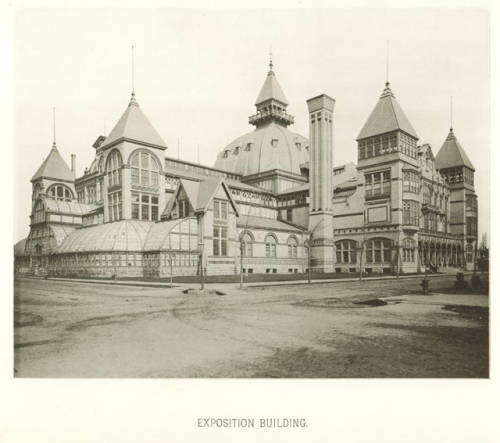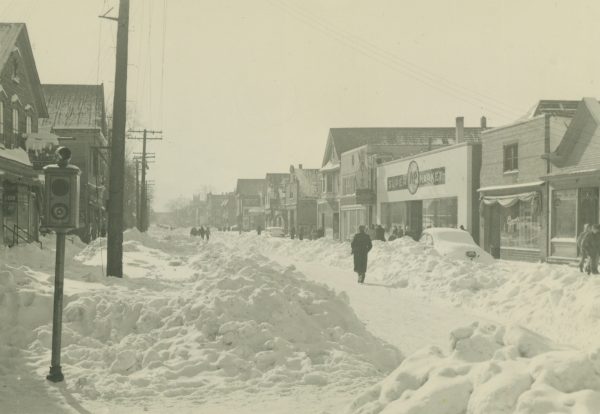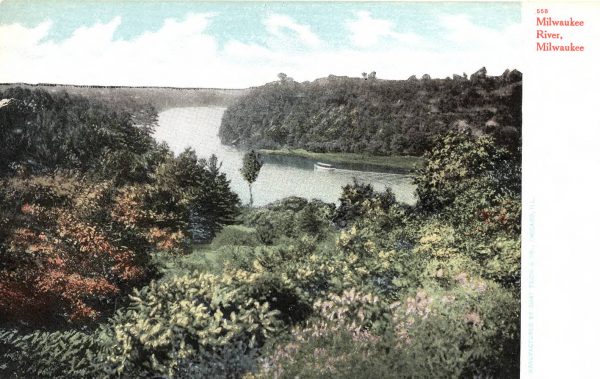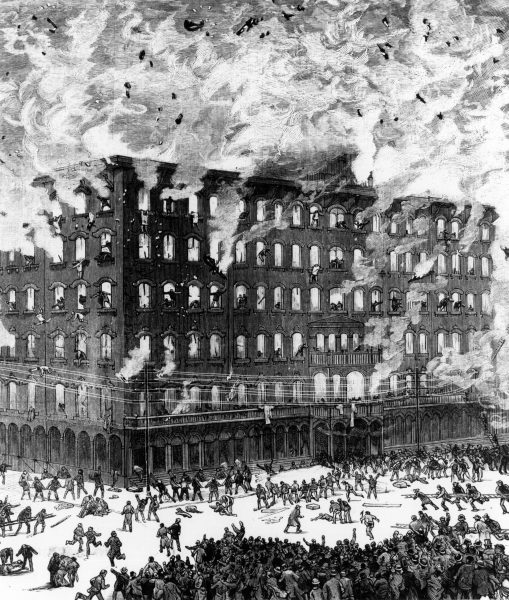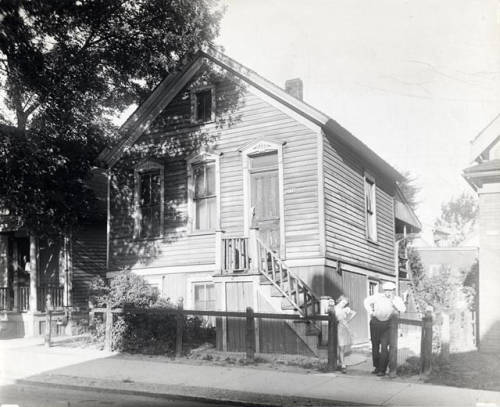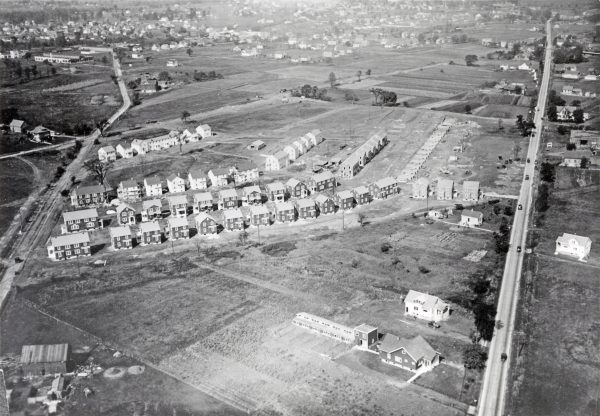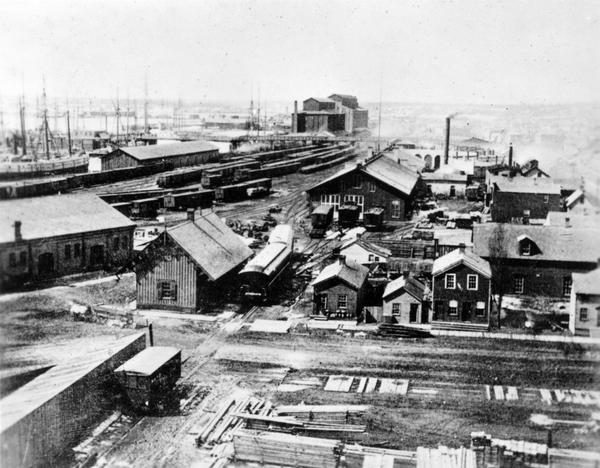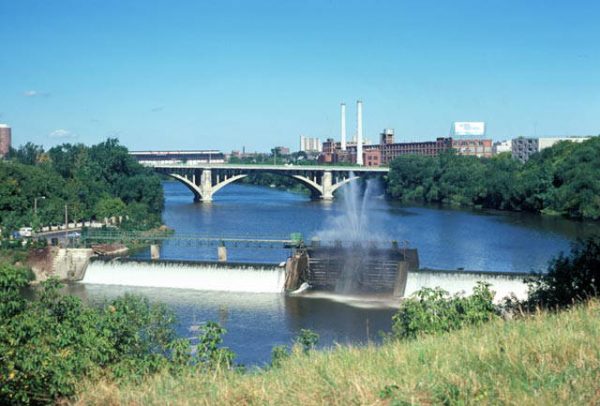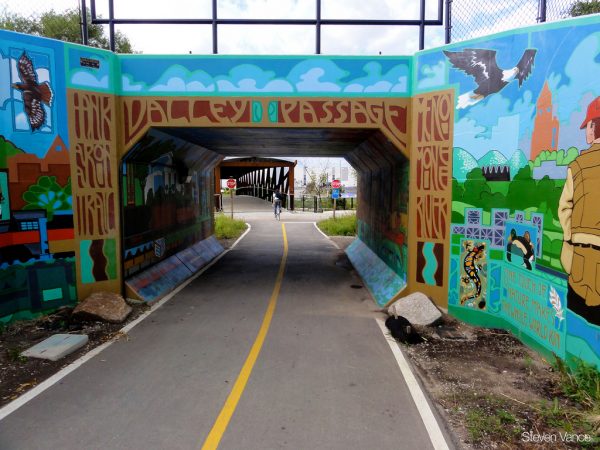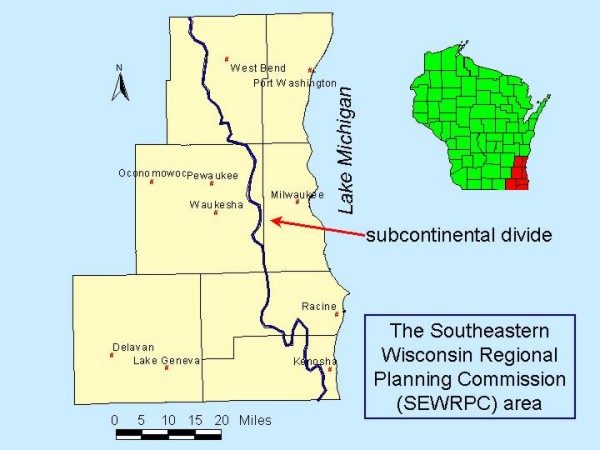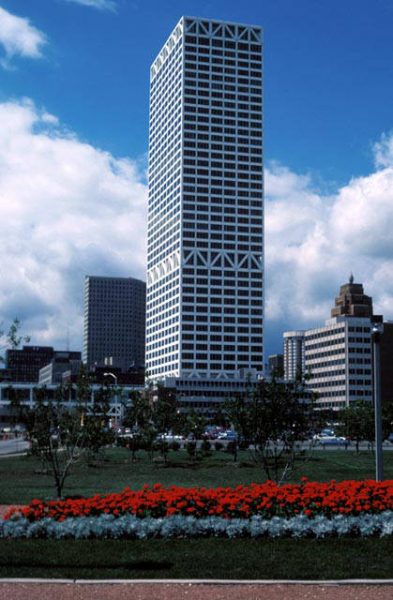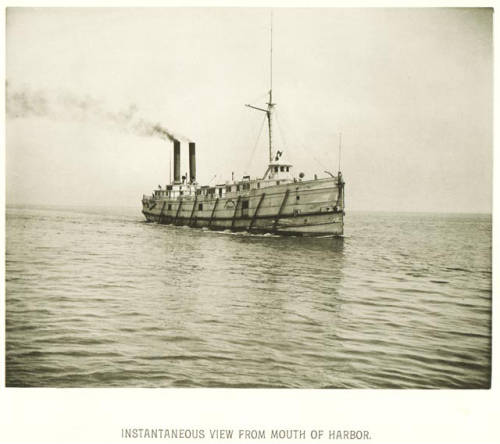Browse by Subject
- All Subjects
- Arts and Culture
- Business, Industry, Labor, and Agriculture
- Education
- Gender and Sexuality
- Health and Medicine
- Life Cycle
- Media and Communications
- Natural and Built Environment
- Periodizing Essay
- Places
- Politics, Law, and Government
- Race and Ethnicity
- Religion
- Sports and Leisure
- Third Sector and Organizations
- Transportation, Infrastructure and Public Services
Showing 21-40 of 44 Entries

